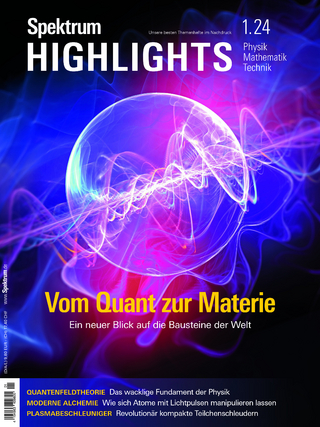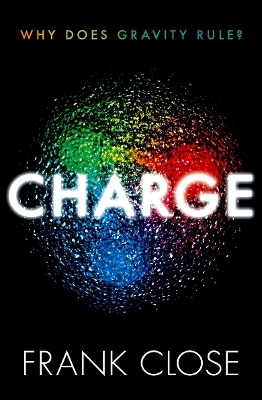
Hands-On Accelerator Physics Using MATLAB®
CRC Press (Verlag)
978-1-032-72696-0 (ISBN)
- Noch nicht erschienen (ca. März 2025)
- Versandkostenfrei innerhalb Deutschlands
- Auch auf Rechnung
- Verfügbarkeit in der Filiale vor Ort prüfen
- Artikel merken
The second edition features a new chapter on future accelerators and several new sections on polarization, neutrino beams, testing of superconducting cavities, and matching in longitudinal phase space, among others.
The MATLAB(R) code was updated to be consistent with the recent release R2024a. All code is available from the book's github site at https://github.com/volkziem/HandsOnAccelerators2nd.
Key features:
· Provides a broad introduction into physics of particle accelerators from synchrotron light sources to high-energy colliders.
· Discusses technical subsystems, including magnets, radio-frequency engineering, instrumentation and diagnostics, correction of imperfections, control, vacuum, and cryogenics.
· Illustrates key concepts with sample code in MATLAB.
Volker Ziemann obtained his PhD in accelerator physics from Dortmund University in 1990. After post-doctoral positions in Stanford at SLAC and in Geneva at CERN, where he worked on the design of the LHC, in 1995 he moved to Uppsala where he worked at the electron-cooler storage ring CELSIUS. In 2005 he moved to the physics department where he taught physics. Since 2024 he is Director for Accelerator Education at Jefferson National Laboratory. He was responsible for several accelerator physics projects at CERN, DESY, and XFEL. In 2014 he received the Thuréus prize from the Royal Society of Sciences in Uppsala. He was a member of Uppsala University’s senate, served on evaluation committees for the German ministry of research and the Canadian NSERC, is a member of the Scientific Council of the Helmholtz Institute in Mainz, and teaches at CERN accelerator schools. He authored four books and over 200 articles and reports.
Chapter 1: Introduction and History. Chapter 2: Reference System. Chapter 3: Transverse Beam Optics. Chapter 4: Magnets. Chapter 5: Longitudinal Dynamics and Acceleration. Chapter 6: Radio-Frequency Systems. Chapter 7: Instrumentation and Diagnostics. Chapter 8: Imperfections and Their Correction. Chapter 9: Targets and Luminosity. Chapter 10: Synchrotron Radiation and Free-Electron Lasers. Chapter 11: Non-linear Dynamics. Chapter 12: Collective Effects. Chapter 13: Accelerator Subsystems. Chapter 14: Examples of Accelerators. Chapter 15: Future Accelerators. Appendix A: The Student Labs. Appendix B: Appendices Available Online. Bibliography. Index.
| Erscheint lt. Verlag | 24.3.2025 |
|---|---|
| Zusatzinfo | 161 Line drawings, black and white; 19 Halftones, black and white; 180 Illustrations, black and white |
| Verlagsort | London |
| Sprache | englisch |
| Maße | 178 x 254 mm |
| Themenwelt | Naturwissenschaften ► Physik / Astronomie ► Hochenergiephysik / Teilchenphysik |
| Technik ► Elektrotechnik / Energietechnik | |
| ISBN-10 | 1-032-72696-2 / 1032726962 |
| ISBN-13 | 978-1-032-72696-0 / 9781032726960 |
| Zustand | Neuware |
| Haben Sie eine Frage zum Produkt? |
aus dem Bereich


